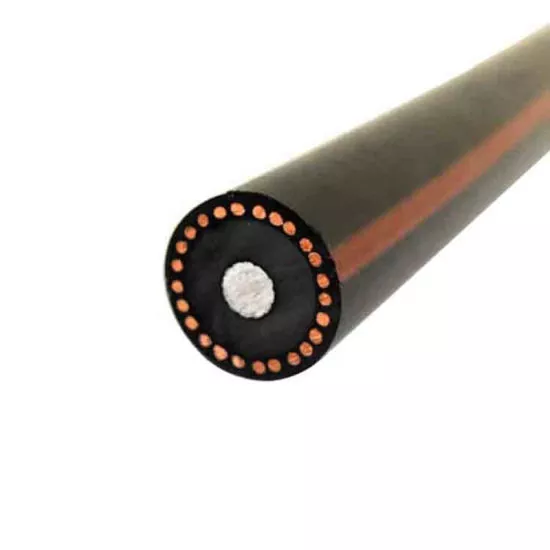 English
English Español
Español  Português
Português  русский
русский  Français
Français  日本語
日本語  Deutsch
Deutsch  tiếng Việt
tiếng Việt  Italiano
Italiano  Nederlands
Nederlands  ภาษาไทย
ภาษาไทย  Polski
Polski  한국어
한국어  Svenska
Svenska  magyar
magyar  Malay
Malay  বাংলা ভাষার
বাংলা ভাষার  Dansk
Dansk  Suomi
Suomi  हिन्दी
हिन्दी  Pilipino
Pilipino  Türkçe
Türkçe  Gaeilge
Gaeilge  العربية
العربية  Indonesia
Indonesia  Norsk
Norsk  تمل
تمل  český
český  ελληνικά
ελληνικά  український
український  Javanese
Javanese  فارسی
فارسی  தமிழ்
தமிழ்  తెలుగు
తెలుగు  नेपाली
नेपाली  Burmese
Burmese  български
български  ລາວ
ລາວ  Latine
Latine  Қазақша
Қазақша  Euskal
Euskal  Azərbaycan
Azərbaycan  Slovenský jazyk
Slovenský jazyk  Македонски
Македонски  Lietuvos
Lietuvos  Eesti Keel
Eesti Keel  Română
Română  Slovenski
Slovenski  मराठी
मराठी  Srpski језик
Srpski језик
What is the difference between MV and HV cables?
2024-01-23
MV (medium voltage) and HV (high voltage) cables are types of electrical cables used for different applications.
MV cables typically range from 1kV to 72.5kV and are used for power distribution in urban and rural areas, underground, overhead, and even underwater. They are usually insulated with cross-linked polyethylene (XLPE) or ethylene propylene rubber (EPR) and can handle high levels of electrical current.
On the other hand, HV cables are designed for high voltage applications ranging from 72.5kV to 550kV. These cables are used to transmit power over long distances, typically across power grids. Due to the very high voltage under which they operate, HV cables are typically insulated with oil-filled paper and are often housed inside protective metal pipes or conduits to prevent electrical interference.
In summary, the primary difference between MV and HV cables is their operating voltage range. MV cables are designed for lower voltage applications typically used for power distribution in urban and rural areas, while HV cables are designed for high voltage transmission over long distances. The insulation materials and protective measures employed in production and installation of the cables also differ between the two types.




